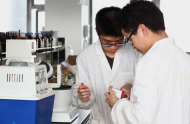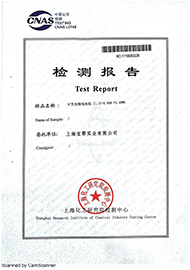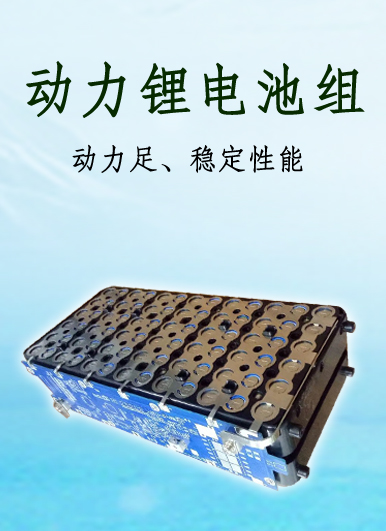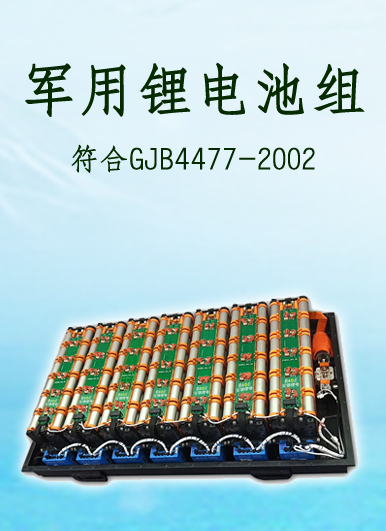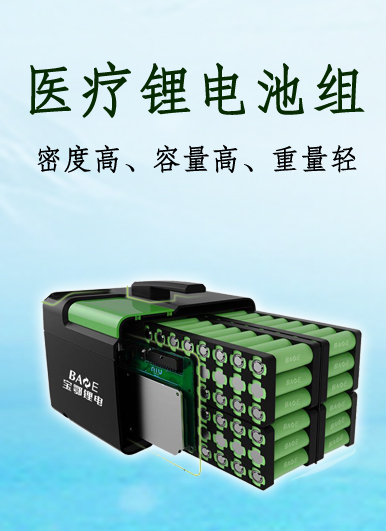電池は構造上、これらの電池の内部材料は負極材料、電解質、ダイヤフラムと正極を含み、主にリチウムイオンによって正極と負極の間を移動して動作する。特徴によって、電池内部の電極材料が現れたら、過充電、過熱、穿刺が爆発する。安全性にはずいぶん良くなりましたが、それでも燃える危険があります。
現在多くの電気自動車が炎上していることから、電池とはほとんど関係があります。電気自動車におけるリチウム電池の数が少ないと数百、数千、特に車両の電池管理技術において、技術的に管理されるのは容易ではない。車両の自然燃焼リスクにとっては、世界の新エネルギー車の最高級テスラであっても、このブロックでは避けられない。燃焼のリスクは電池の作業環境や電池の設計などと一定の関係があり、電池の設計生産の角度から分析を行い、製造設備と検査設備は100%完全に合格の電池であることは不可能です。特に電池内部の正極材料、マイナス材料、電解液に対して。
ちょっと技術的な不足と設計の弱点があります。これらはリチウムイオン電池の中の微短絡自燃の危険になります。また、現在の電池の各家庭での測定と生産の基準は国家基準を中心としていますが、品質管理には各家庭の方法と方式があります。使用にとっては、車両にワイパーが発生すると、リチウム電池の内部が短絡し、次に充電が速い時に電気量が多すぎて、内部の電解液が熱分解され、最終的には圧力が大きいためです。電池の外殻が破裂し、高圧ガスが外殻の破裂箇所から噴出し、ガスが急速にバッテリーパックの弱いところに拡散し、自燃の危険を引き起こします。电池在结构上面来说,这些电池内部材料包括负极材料、电解质、隔膜和正极,它主要依靠锂离子在正极和负极之间移动来工作。而根据特征来看,当电池内部的电极材料出现,过充、过热、穿刺都会爆炸。虽然在安全性上好了很多,但依然会有燃烧的风险。
从现在很多电动汽车起火的事故来看,基本上都和电池有一定的关系。电动汽车上的锂电池数目少则几百,多则几千,尤其是车辆的电池管理技术来说,技术上面管理起来很不容易,对于车辆自燃风险来说,即使是全球新能源汽车最高端的特斯拉在这一块也是不能幸免。出现燃烧风险跟电池的工作环境和电池的设计等有一定的关系,以电池的设计生产的角度来进行分析,制造设备和检测设备不可能做到百分之百都是完全合格的电池,尤其是对于电池内部的正极材料、负极材料和电解液。
稍微有工艺上的不足和设计的弱点,这些都会变成锂离子电池里的一个微短路自燃的隐患。加之现在电池的各家检测和生产的标准虽然是以国家标准为主,但是对于品控来说还是各家有各家的方法和方式,以使用来说,当车辆出现刮擦底盘的时候,会使的锂电池内部短路,其次快充的时候电量过大,导致内部的电解液受热气化分解,最终由于压力太大导致电池外壳破裂,高压气体从外壳破裂处喷出,气体很快扩散到电池包薄弱处,从而引发自燃的危险。Structurally, these batteries consist of anode materials, electrolytes, diaphragms and positive electrodes, which rely mainly on the movement of lithium ions between the positive and negative electrodes. According to the characteristics, when the electrode material inside the battery appears, overcharge, overheat and puncture will explode. Although safety is much better, there is still a risk of burning.
From the point of view of many electric vehicle fire accidents nowadays, they are basically related to batteries. The number of lithium-ion batteries on electric vehicles is hundreds or thousands, especially in vehicle battery management technology, which is difficult to manage technically. For the risk of vehicle spontaneous combustion, even Tesla, the world's top new energy vehicle, is unavoidable in this area. Combustion risk is related to the working environment and design of batteries. From the point of view of the design and production of batteries, it is impossible for manufacturing equipment and testing equipment to be 100% fully qualified batteries, especially for positive, negative and electrolyte materials inside batteries.
A slight technological deficiency and design weakness can become a potential shortcircuit spontaneous combustion hazard in lithium-ion batteries. In addition, although the current battery testing and production standards are mainly based on national standards, there are still various methods and methods for quality control. In order to use them, when the vehicle scratches the chassis, the lithium battery will be short-circuited internally. Secondly, when the battery is charged quickly, the electricity will be too large, resulting in the internal electrolyte being heated, gasified and decomposed, and ultimately because of too much pressure and conductivity. It causes the battery shell to burst, high-pressure gas ejects from the cracked shell, and the gas quickly diffuses to the weak part of the battery pack, thus causing the risk of spontaneous combustion.

